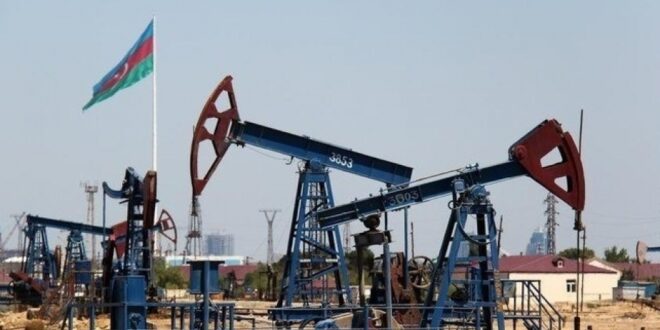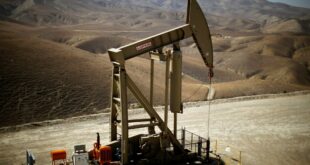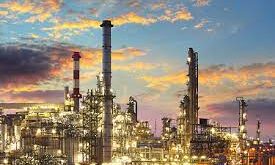Azerbaijan will get a welcome earnings boost from BP’s announcement that it has launched production at a new $6-billion facility in Azerbaijan’s giant Azeri-Chirag-Gunashli oil field. The upgrade can boost the field’s output by as much as 25 percent.
Dubbed Azeri-Central-East (ACE), the facility consists of a new production platform 130 kilometers offshore in Azerbaijan’s sector of the Caspian Sea. Currently ACE boasts a single well drilled to a depth of 3,150 meters with two more wells to be drilled this year, raising ACE’S daily production to around 24,000 barrels a day, according to BP.
Production is expected to increase annually and could reach the facility’s capacity of 100,000 barrels a day. Total production over ACE’s lifespan is pegged at 300 million barrels of oil.
“This successful start-up is testament to the ongoing close collaboration between BP, SOCAR (Azerbaijan’s state oil company) and the Government of Azerbaijan,” said Gary Jones, BP’s regional president for Azerbaijan, Georgia and Turkey. “We are proud to have delivered what we believe is the ‘platform of the future.”
The seven-member, BP-led consortium has been operating the Azeri-Chirag-Gunashli oil field since the late 1990s. The commissioning of the new ACE facility will help the consortium maintain production levels from the field, following a decade in which output fell by over 50 percent. Production from Azeri-Chirag-Gunashli peaked at 835,000 barrels a day in 2010. But by March this year, it was pumping just 358,065 barrels a day.
Despite the production decline, the field remains Azerbaijan’s biggest oil field accounting for 59 percent of Azerbaijan‘s crude oil production last year.
As with most oil fields, Azeri-Chirag-Gunashli also produces gas, most of which is pumped back into the field to help increase oil production under the term of field’s production agreement. The remainder belongs to Azerbaijan’s state oil company Socar and is pumped onshore where it is used to supply Azerbaijan’s domestic gas market and to meet the country’s export commitments.
Last year the field supplied Socar with 2 billion cubic meters (bcm) of gas.
BP says the ACE facility has the capacity to eventually handle up to 2.6 bcm a year although this year, production is expected to be much lower than that. Any gas the new facility is able to deliver onshore could help Azerbaijan meet its supply commitments, including the agreement with the European Union to double its gas exports to Europe to 20 bcm a year by 2027. Although Baku insists it is on target to meet that commitment, some observers continue to harbor doubts that gas production can reach promised levels.
For Azerbaijan, the ACE facility’s launch comes at a fortuitous time. Despite efforts to diversify the Azerbaijani economy, the country remains dependent on the revenue from hydrocarbon exports. In 2022, oil and natural gas production accounted for 47.8 percent of the Azerbaijani economy and over 92.5 percent of export revenues.
In the years prior to 2022, when Russia launched its unprovoked invasion of Ukraine, falling oil production posed a serious fiscal challenge for Baku, given the relatively low energy prices at that time. A price spike caused by the war filled Baku’s coffers. But now with the market having stabilized and prices having fallen by as much as 40 percent from a peak in March 2022, Baku is again faced with the challenge of maintaining revenues. The ACE facility thus offers some fiscal respite for Azerbaijani leaders.

 Iran Energy News Oil, Gas, Petrochemical and Energy Field Specialized Channel
Iran Energy News Oil, Gas, Petrochemical and Energy Field Specialized Channel



